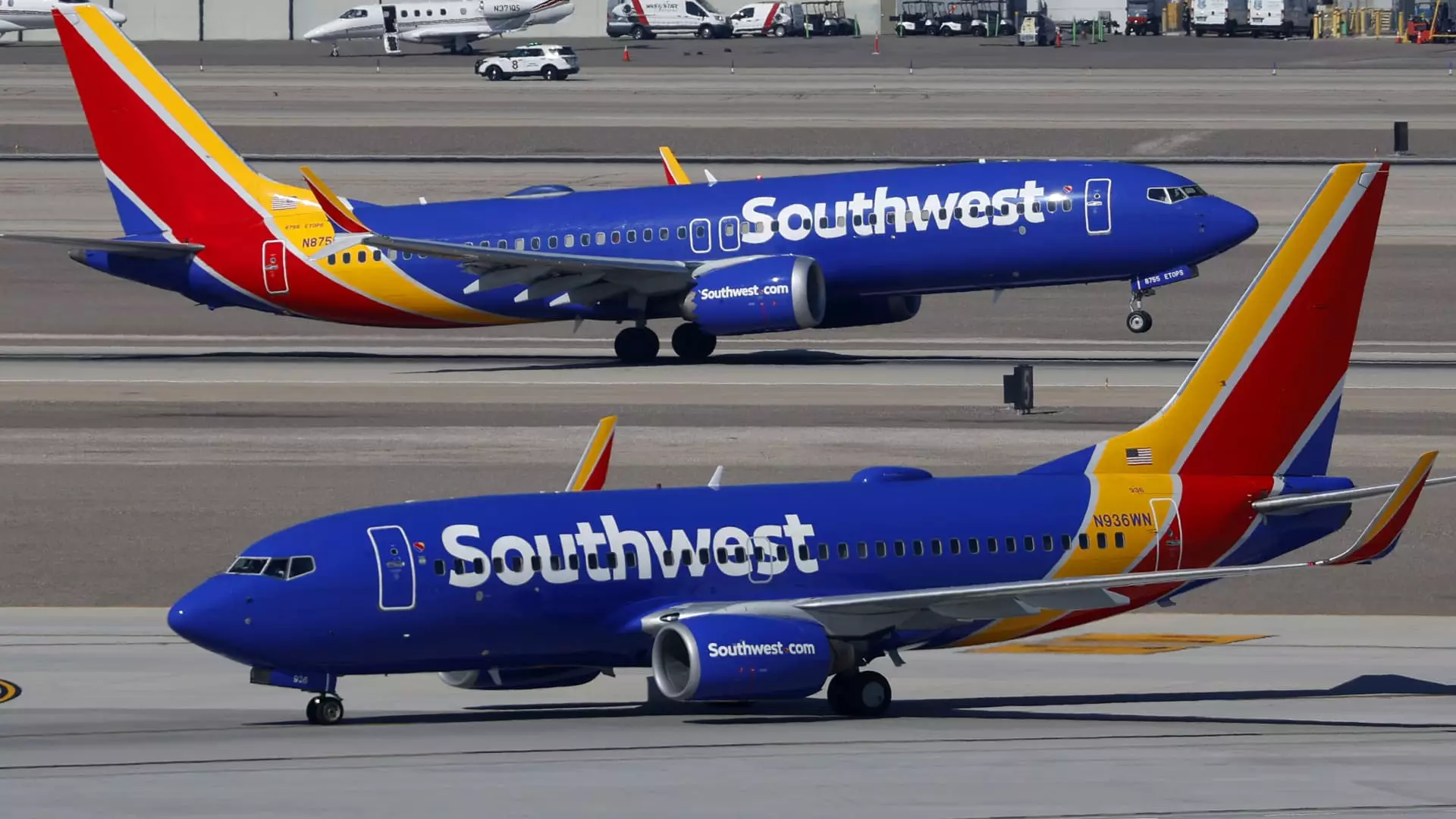Southwest Airlines, long celebrated for its unique open seating policy that fostered a sense of spontaneity and egalitarianism among travelers, is now embarking on a transformative journey that challenges its core identity. The decision to implement assigned seating marks a significant departure from a policy that distinguished Southwest from its competitors for over five decades. This move, set to take effect in January, signifies more than a simple change in boarding procedures; it reveals a deeper strategic recalibration aimed at enhancing revenue streams and operational efficiency. For a carrier that thrived on its free-spirited approach to flight experience, this change might be perceived as surrendering a part of its unconventional charm. However, it could also be seen as a necessary evolution towards maintaining competitiveness in an increasingly profit-driven airline industry.
Revenue-Driven Reorientation: From Loyalty to Profitability
Throughout its history, Southwest distinguished itself not only through open seating but also through two complimentary checked bags—a policy that boosted its reputation among budget-conscious travelers. Yet, in the face of rising industry pressure and the relentless pursuit of profitability, Southwest is realigning its business model to include additional revenue streams. By instituting assigned seating and introducing fees for bags and more fare options, the airline is positioning itself to generate billions of dollars, with projections indicating an $800 million boost this year and over $1.7 billion by 2026. These initiatives suggest Southwest’s willingness to trade its traditional customer-centric policies for a more complex, revenue-focused approach.
The question arises: At what cost does this balance tip? While these changes aim to optimize efficiency—more predictable boarding, quicker aircraft turnaround—they risk alienating the loyal base that once admired Southwest’s democratic boarding process. Loyalty and brand identity have always been intertwined with the airline’s open seating policy. Now, as the airline moves towards a tiered boarding process that privileges frequent flyers and high-spending customers, it signals a shift away from a truly egalitarian approach to one that favors those with the means and status to pay extra.
Imposing Structure on Spontaneity: Boarding as a Reflection of Cultural Shift
The elimination of the chaotic, free-for-all boarding experience will undoubtedly be a cultural shock for many passengers accustomed to Southwest’s laid-back atmosphere. Instead of an on-ground scramble or alarm clocks signaling boarding groups, travelers will now find themselves in an organized queue, with boarding priorities based on loyalty, fare type, and seat selection preferences. This transition from spontaneity to structure might be viewed as a necessary adaptation for efficiency, but it also signifies a subtle erosion of the airline’s carefree image.
Furthermore, the introduction of assigned seats and tiered boarding groups places a premium on pre-planning and financial investment. Passengers will now be encouraged—or perhaps pressured—to purchase seat selections to optimize their chances of sitting together or in preferred sections. The casual, “seat as you like” ethos gives way to a more commodified experience, where convenience and status are bought rather than earned through loyalty alone. The potential for frustration, especially among families and travelers who enjoy the element of surprise in open seating, could challenge the airline’s reputation for maintaining a relaxed, customer-friendly environment.
Operational and Customer Impact: Lessons from Industry Rivals
Southwest’s decision did not come in isolation. Rival carriers have long employed assigned seating, ancillary fees, and tiered loyalty. By studying these models, Southwest hopes to strike a delicate balance—maximizing revenue while preserving customer loyalty. The reconfiguration of its fleet, with added extra-legroom seats and prioritized boarding for premium customers, signals an intent to cater to different segments without completely alienating its core base.
However, the implementation risks creating operational bottlenecks and dissatisfaction. The airline has conducted rigorous testing to ensure boarding remains swift, but the true test will occur in the wild when millions of passengers navigate this new system. The company’s focus on optimizing for efficiency while maintaining some level of customer care shows awareness of potential backlash, but it also underscores the trade-offs involved. Loyalty benefits might be trimmed for most, yet for elite members, some privileges remain—highlighting a strategic pivot to reward high spenders and frequent flyers more directly.
The Future of Southwest’s Cultural Identity and Business Model
Ultimately, Southwest’s shift towards assigned seating underlines a broader trend within the airline industry—marginalized by the need to innovate, grow revenue, and keep pace with more sophisticated competitors. Whether this change signifies an evolutionary step or a strategic leap away from authenticity remains to be seen. While profitability and operational efficiency are essential, the airline risks diluting the culture that once made it unique.
In embracing these new policies, Southwest must carefully manage its brand narrative—balancing the new, more structured boarding process with the warm, egalitarian spirit that forged its reputation. If it can strike this balance, it may retain loyal customers while attracting new ones seeking reliability and comfort. If not, the airline’s storied identity, built on the ideals of simplicity and fairness, risks being sacrificed on the altar of modern corporate efficiency. The future of Southwest Airlines hinges on how well it can adapt without losing the heart that has defined it for generations.


Leave a Reply